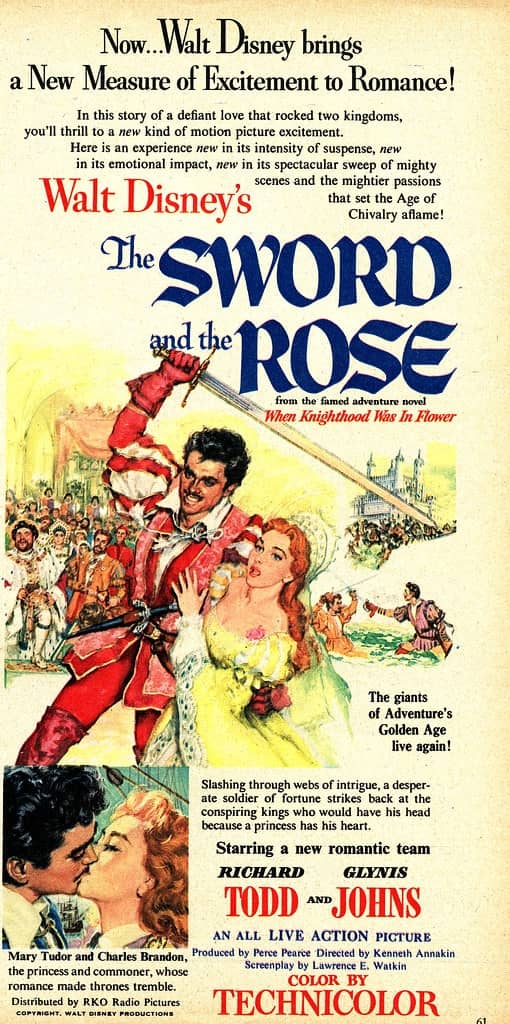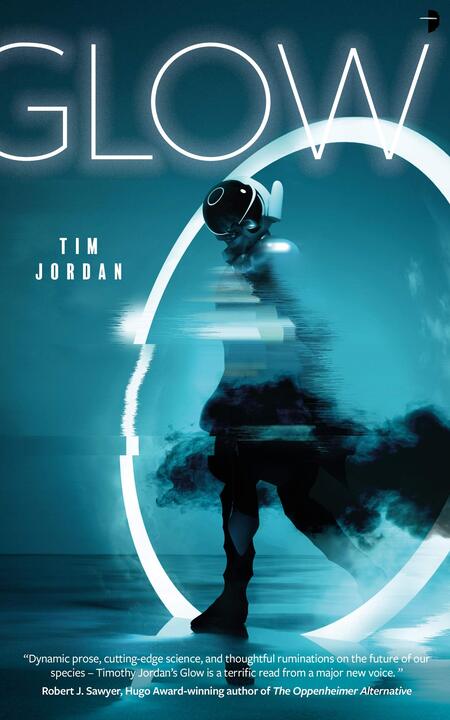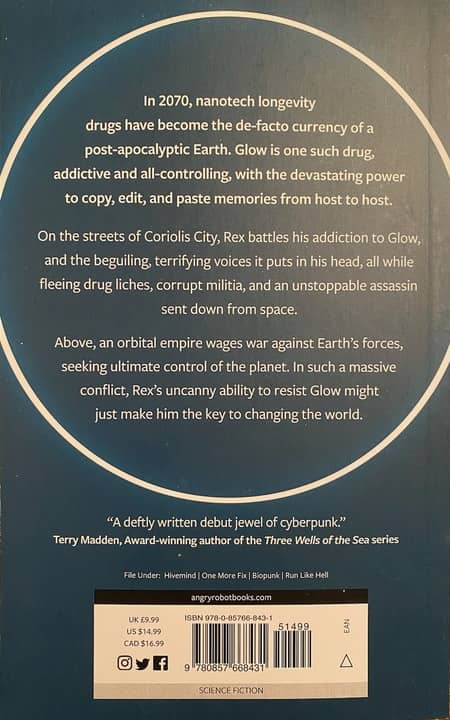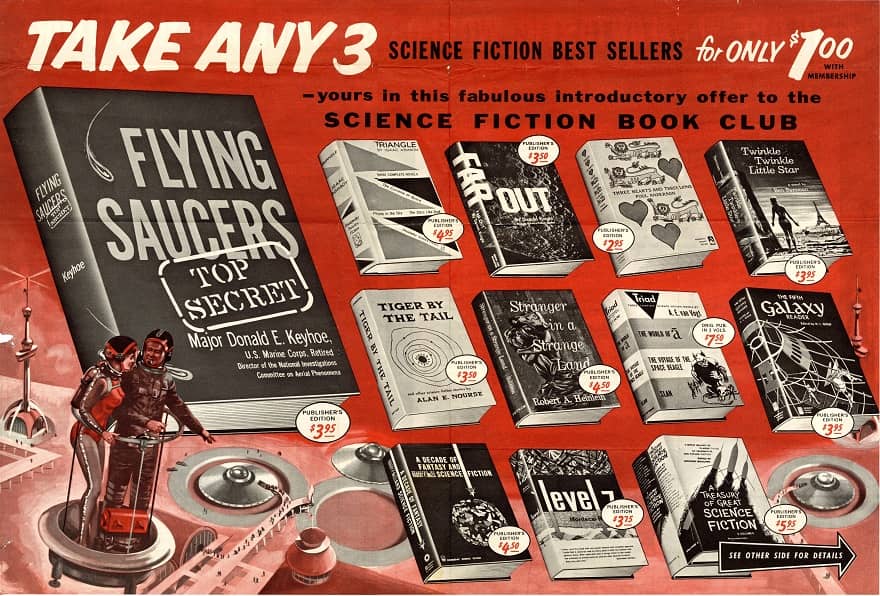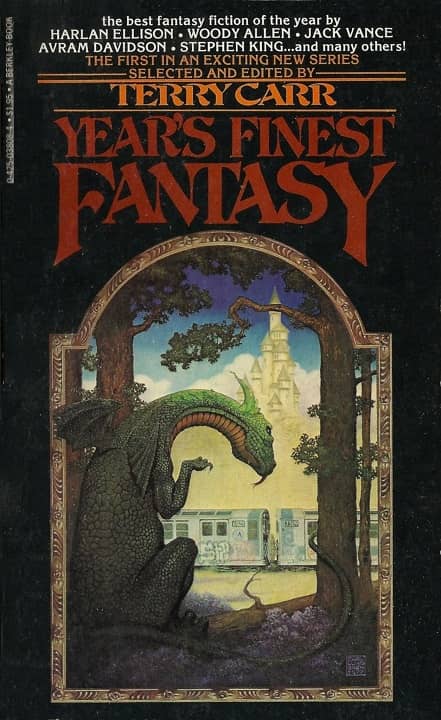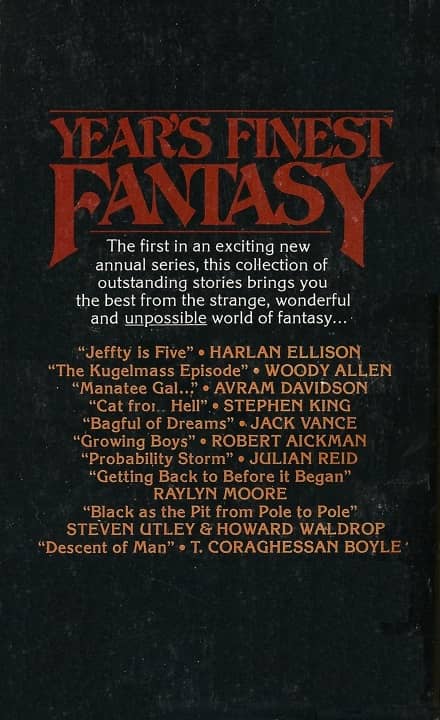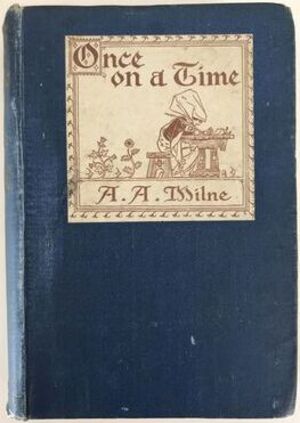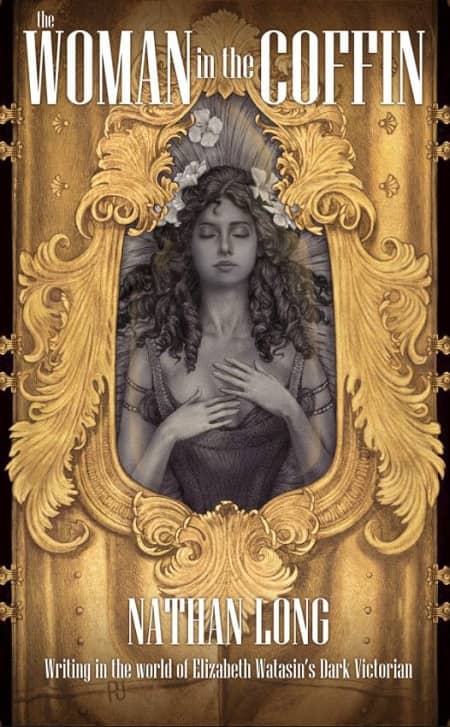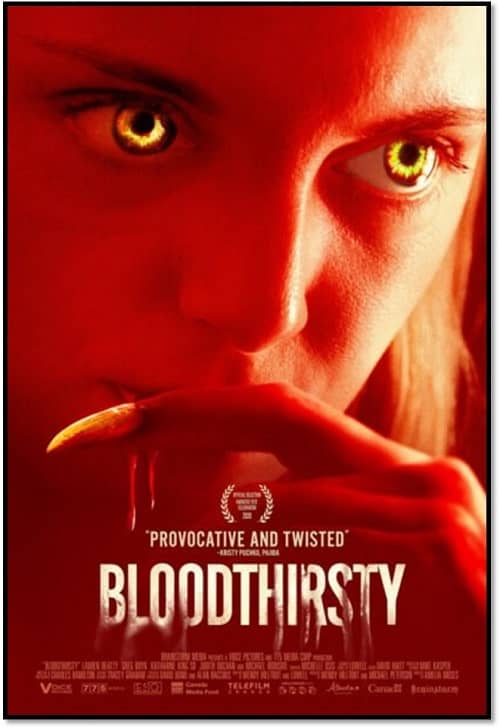How Sword and Sorcery Brings Us To Life
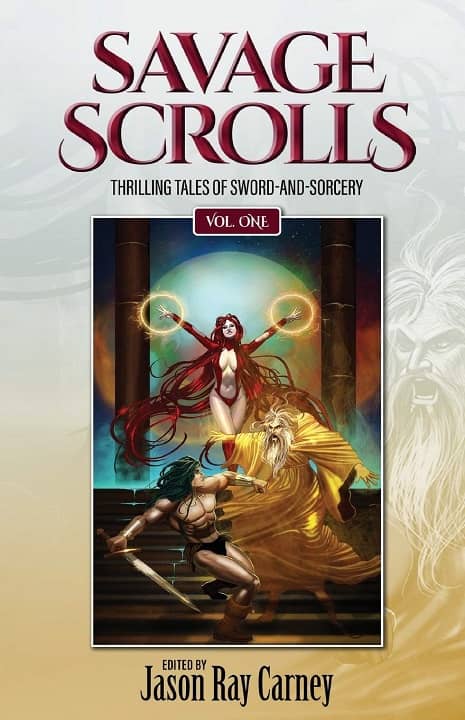 |
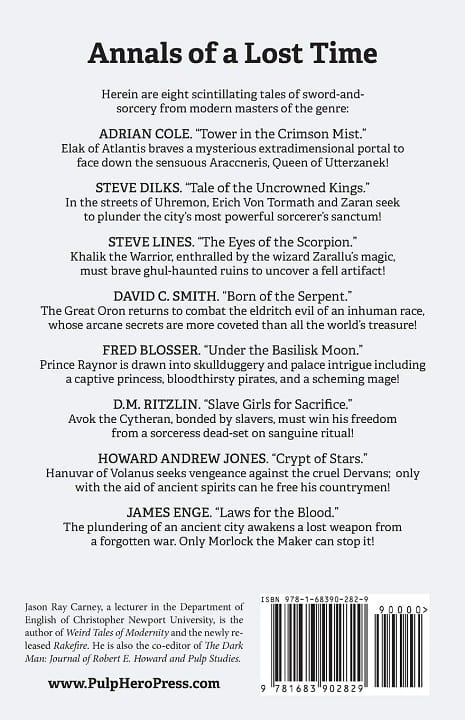 |
Savage Scrolls, Volume One, edited by Jason Ray Carney (Pulp Hero Press, 2020). Cover by Jesus Lopez
When I was working on the introduction to Savage Scrolls, I re-read all of Lin Carter’s Flashing Swords introductions. Something caught my attention: Carter starts Flashing Swords 1 with an epigraph, a stanza from William Morris’s six-stanza poem, “Prologue of the Earthly Paradise.” It is a beautiful apologia of fantasy literature. The speaker, Morris, attempts to comfort his reader, a weary, disenchanted worker, by celebrating the transformative nature of the heroic poetry of premodernity. But Morris does so hesitantly:
The heavy trouble, the bewildering care
That weighs us down who live and earn our bread,
These idle verses have no power to bear.
Morris is not making hyperbolic claims for the power of literature here; he is no Percy Shelley, claiming “Poets are the unacknowledged legislators of the world.”
No. Morris is comparably modest. Do you have bills to pay? Taxes to file? Mouths to feed? Alas, admits Morris, imaginative literature will not help you bear these miserable burdens. But it might help in other, nuanced ways.
